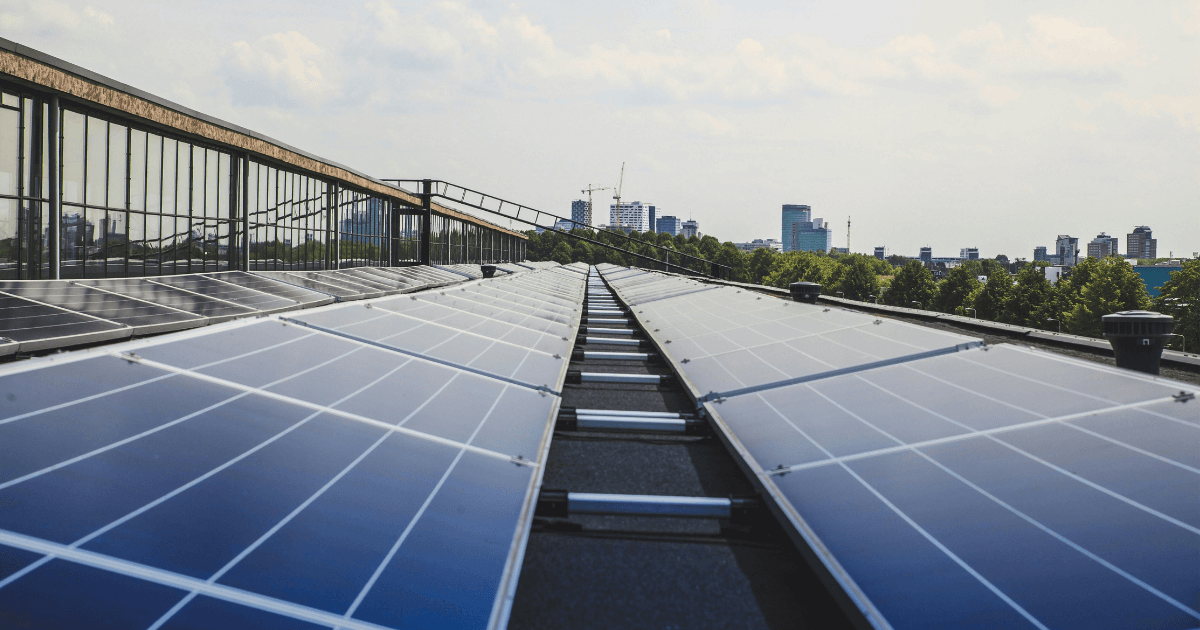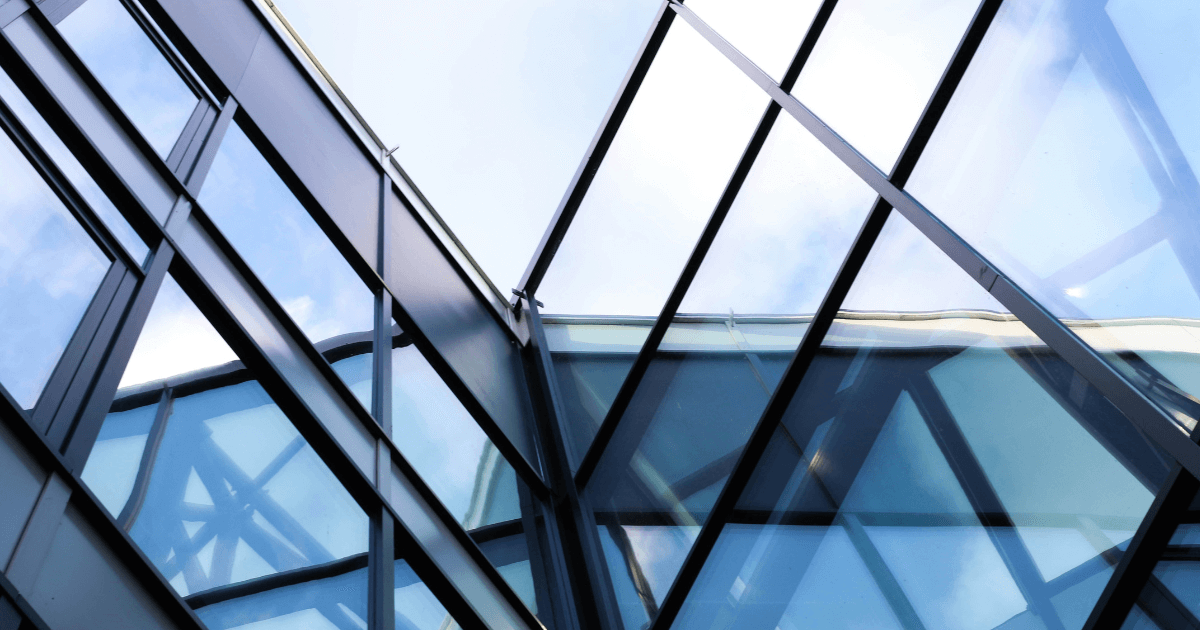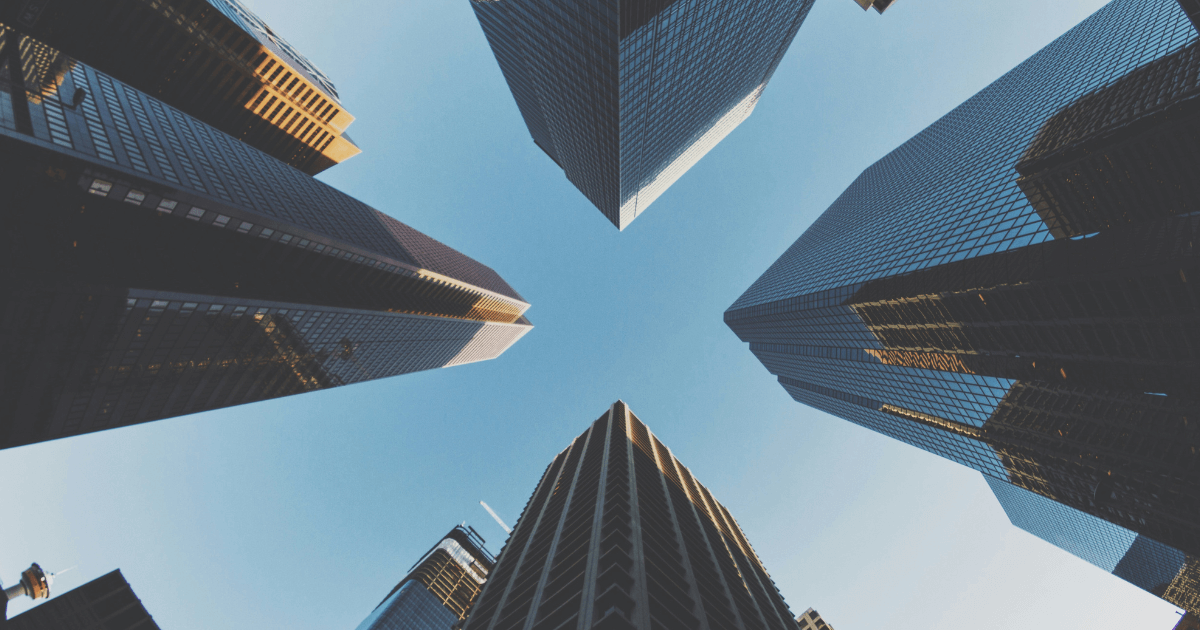Energy-efficient building design has become the foundation of sustainable construction as modern utilities grapple with rising energy demands. The integration of environmentally forward technologies and functions is integral to lowering energy consumption and reducing exorbitant costs. As a result, building owners and tenants can save money, minimize grid pressures and contribute to a greener future.
However, achieving more resilient and sustainable grid infrastructure is only possible through comprehensive green building designs. Learn how energy efficiency generates enhanced reliability and stability for the future of electric utilities.
A Closer Look at Energy-Efficient Building Design
The ultimate goal of energy-efficient building design is to reduce energy use and optimize indoor comfort. Green architects and engineers concentrate on lighting, insulation, windows, and heating and cooling to achieve this. Naturally, fewer energy requirements lead to a stronger electric grid.
Energy demand has risen exponentially, and with it, so have greenhouse gas emissions. In fact, the building sector accounts for 39% of total energy use globally. In 2021, residential and commercial structures were responsible for 28% of United States energy consumption — this is greatly attributed to obsolete technology and inadequate building designs for energy efficiency.
It is much simpler to develop energy-saving buildings early on from the conceptual phase. Unfortunately, designers often underutilize essential tools and software like EnergyPlus, IES-VE, and DOE-2. These programs would help them determine a building’s energy use and make sufficient improvements.
In one study of multi-story building plans, increasing investments by 6%–7% to address embodied energy reduced emissions by 13%. Researchers considered the sustainable design, material types and durability, dimensions, and height to make this determination. As for modern utilities, their findings are significant since they lower the structure’s energy footprint overall.
Cutting-Edge Technologies in Energy-Efficient Buildings

Energy-saving building technologies are the driving force of commercial and residential sustainability. Nowadays, buildings comprise cutting-edge solutions for reducing energy consumption and electricity demand.
For example, light-emitting diode (LED) bulbs have replaced conventional lighting. LEDs use 90% less energy and last 15 times longer than incandescent bulbs. They also give off less heat, eliminating a constant need for traditional heating and cooling systems. As LEDs become more prevalent by 2027, the U.S. electricity output could decrease to the annual electricity use of 44 electric power plants.
Smart technology integration is also critical in optimizing building performance. For example, smart thermostats, sensors and automation allow for real-time insights and remote control access to adjust indoor settings with greater precision. Artificial intelligence within smart buildings enables demand-side management, in which modern utilities can better stabilize the supply and demand of electricity and its distribution. This further improves grid stability and allows for better integration of renewable sources.
Another solution commonly found in energy-efficient facilities is insulation. Insulation helps maintain comfortable indoor temperatures with more significant energy and cost savings. High-performance options include spray foam, cellulose and foam board for limited heat transfer. In turn, buildings do not have to run energy-consuming HVAC systems as often.
Commercial adoption of economical and efficient windows is another way to accrue savings. Outdated windows account for 8.6% of a structure’s energy use and 45% of envelope heat transfer. However, newer window models could lower the U.S. building sector’s energy use by 2% and reduce carbon emissions by 68 metric tons annually by 2050.
Some architects and green building engineers have also included passive solar heating systems in their designs for energy efficiency. These mechanisms strategically place buildings and external surfaces to maximize sunlight for natural heat gain during colder months. For instance, setting glass windows within 30 degrees of True South harnesses direct sun exposure the most.
Transforming Modern Utilities: 3 Energy-Efficient Building Examples
Many structures have already embraced high-performance solutions and spearheaded the transformation and resilience of modern utilities. Other green infrastructure projects are well underway. These three energy-efficient building examples serve as inspiration for future designs.
1. Apple Park
Apple Park is Apple’s headquarters in Cupertino, California. Thanks to its 14-megawatt (MW) solar roof, the campus has attained a Leadership in Energy and Environmental Design certification for running fully on renewables. Additionally, the facility uses 4 MW of biogas fuel cells, which power over 1,000 electric vehicle charging stations within its grounds.
The building is also among the largest in the world to employ natural ventilation. California’s climate certainly contributes to yearly fresh air, which provides healthier indoor air quality and ample energy savings.
2. The Crystal

The Crystal in London, England, has an impressive energy-efficient design that uses renewable sources for a lower footprint. Among its features is its rooftop photovoltaic solar panels, which will enable the building to connect with the city’s smart grids in the future.
Smart technologies, advanced management systems and insulated windows further optimize energy use, mitigating common challenges presented with all-glass structures. For example, the glass panels use reflective materials in areas directly facing the sun, while transparent glass faces downward.
The Crystal has received a BREEAM Outstanding rating and LEED Platinum certification for its exceptional sustainability. Its design enhances its energy efficiency by taking a multifaceted approach instead of only sticking to a passive system.
3. The Edge
The Edge in Amsterdam has long been considered the greenest building worldwide, achieving a 98.36% BREEAM score for its sustainability in 2016. Occupied by Deloitte, Salesforce and Henkel, among others, it is most recognizable for its highly advanced climate control system, lighting upgrades and energy management, assisted by innovative technology.
In addition to smart solutions, the building features an array of solar panels on its south-facing side, enabling it to produce 70% less electricity than typical commercial spaces. The Edge also taps into thermal energy storage 130 meters — about 426 feet — belowground to maintain comfortable indoor temperatures. This means it can reduce its utilization of energy-consuming heating and cooling systems through eco-friendly measures.
Building Efficiency Through Design for More Resilient Utilities
Energy-efficient building design is a win-win for sustainable construction and modern utilities. Lower power consumption significantly improves greenhouse gas emissions for a cleaner environment. In turn, greater operational efficiency enables grid stability. A holistic solution proves most effective as the building sector and utility industry move toward new approaches.















